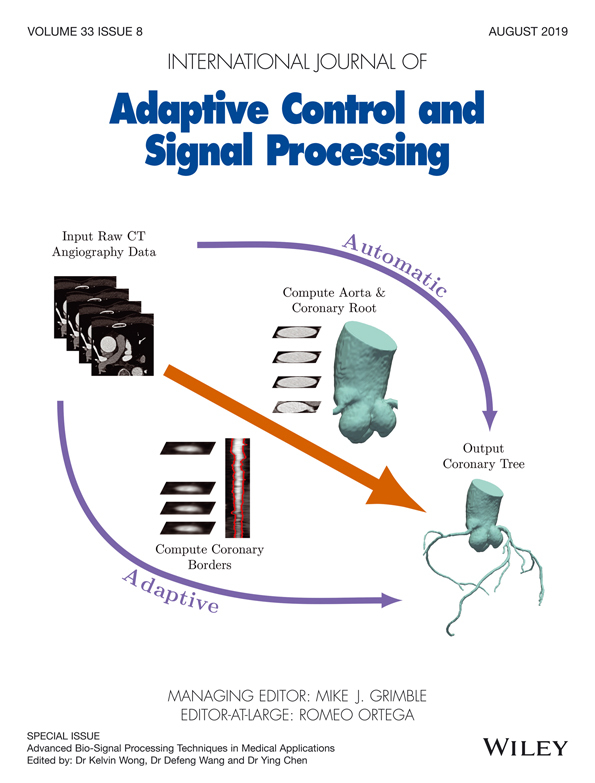A comparative study of motion recognition methods for efficacy assessment of upper limb function
Summary
Physical disorders are considered to be the most severe disability in patients with hemiplegia after stroke. Currently, most studies have used motion feature extraction methods and machine learning–based methods to evaluate the functional degree of post stroke in hemiplegic patients. This research collected feature data from patients under diverse experimental conditions and then fed them into different machine learning classifiers. However, few studies have compared which classifiers and experimental condition could achieve more precise assessments in a specific condition. In this paper, we compared the accuracy of four different classifiers in a conservative motion recognition method. A motion sensor was used for monitoring the upper limb action, and four conservative machine learning classifiers, which map the features to Fugl-Meyer scale, were chosen for comparison. Ten post-stroke hemiplegic-simulated subjects performed a group of predefined actions, and these motion data were used to generate a group of features reflecting the information of each predefined action. We input the features into four classifiers to generate corresponding classifiers. With the Support Vector Machine classifier, prediction accuracy at 97.79% was achieved in the experiment data, which outperformed previous reports. In conclusion, Support Vector Machines perform better than the other three classifiers in the assessment of the degree of post-stroke hemiplegics. It is encouraging that results have been generated with the proposed assessment method in this exploratory study.




